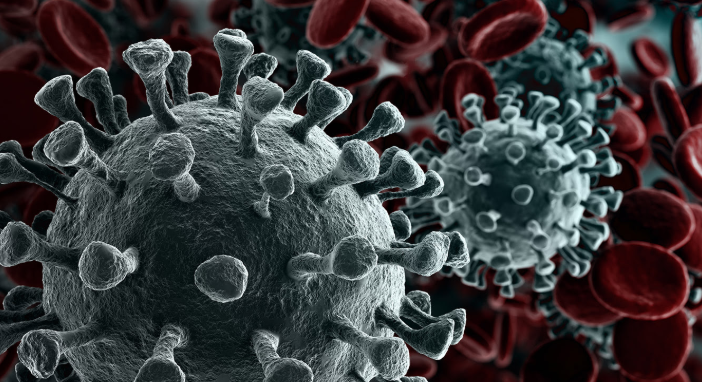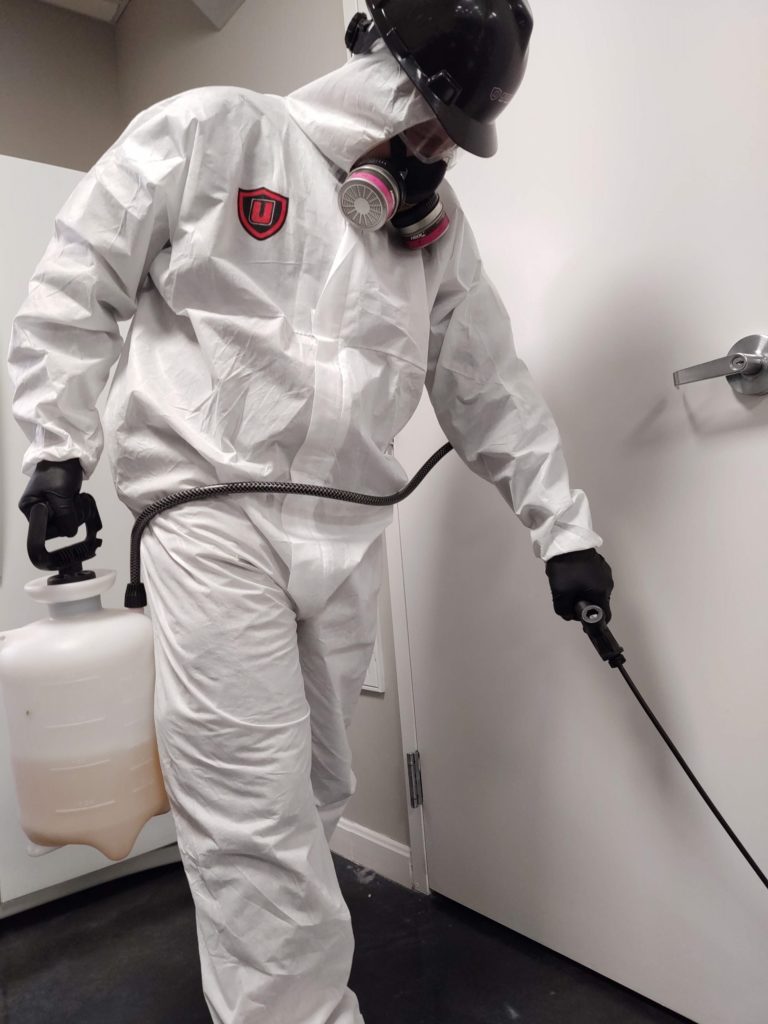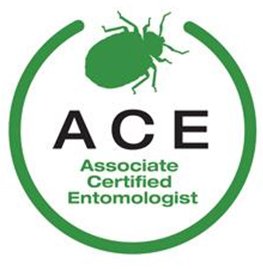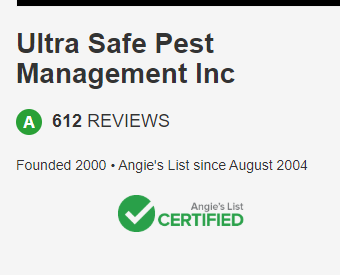Congratulations on your new home! We all know that moving into a new house is stressful, and the last thing you probably want to do is add more things to your to-do list. However, it’s actually best to tackle some home improvement projects before all the boxes and furniture get in the way. So if you want to save money, time, and hassle down the road, here are 10 home improvement ideas to consider before making the big move.

1. Change the Locks
First and foremost, it’s important to keep your family and your new home safe. So before moving in, be sure to call a locksmith and have your locks changed. You never know who might have a spare key and it just isn’t worth taking the risk. When the locks are being installed, don’t forget the back door and garage door locks, as well as any sheds or other buildings on your property.
2. Remove Popcorn Ceilings
Older homes may have textured “popcorn” on the ceiling, an unsightly trend that makes the interior of your home look dated. It’s also important to note that these types of ceilings may contain asbestos – which makes removing it an even greater priority. It doesn’t matter if you live in Phoenix or Atlanta – if your house was built before the 1980s and has popcorn ceilings, it is highly recommended to have a professional test and then remove it.

3. Paint the Interior
Adding a fresh coat of paint is a simple and affordable home improvement project that can add color and personalize your space quickly. It also helps defend your home’s surfaces from wear and tear. Whether you do the work yourself or hire someone to do it, it’s a lot easier to paint an empty room. Plus, redoing your walls before moving day means you don’t have to live with the smell of drying paint in your home.
Remember, choosing paint isn’t just about the color. The finish of your paint, from matte to gloss, can dramatically change the look of a room. If you have a paint color in mind, bring home samples with a few different finishes, to see which you prefer.
4. Make Electrical Upgrades
You can do these upgrades anytime, but everything is easier to get to in an empty room. If you’re moving into an older home, especially one built in the mid-‘90s or before, consider installing extra electrical outlets or upgrading the existing ones. Many older homes don’t have the electrical capacity for the number of electronics and powerful devices that many people use today. Additional outlets in your rooms can make it easier to arrange furniture, including computers, speakers, gaming systems, and will make room for everyone to plug in their phones. Consider also making electrical upgrades to allow for programmable thermostats and light fixtures.

5. Replace the Flooring
If you’re moving into a brand new home, you may not need to make any improvements to your floors. However, if you’ve bought a home with carpet or tile that you hate or hardwood that needs to be refinished, this is a perfect time to make changes. If you put it off you will have to deal with moving all of the furniture out of the way. And who wants to move furniture twice? When the flooring is being updated, the contractors can also replace baseboards and any other trim work to match.
6. Install Fencing
The house you’ve just purchased may not have adequate fencing for your pets or children. If so, this is a great time to consider adding it. Fencing can provide safety for your family, conceal a swimming pool or hot tub, protect landscaping, give you privacy, and much more. It’s also a desired feature by many. So when it comes time to sell your home years down the line, this home improvement project may increase its value and make it stand out in the local housing market.
7. Call A Pest Control Company
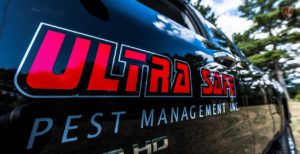
Even if you don’t see bugs, mice, or other pests in your home, that doesn’t mean they aren’t there or that they won’t decide to move in. You can prevent ants, roaches, and other insects from making your home theirs by bringing in a professional pest control company. Here’s something you may not realize – if your neighbors all have chemical pest barriers, and you don’t, then colonies of insects may relocate to your house, simply because it’s more readily accessible.
You may also wish to have quarterly inspections for larger pests like mice or squirrels if you live in an area where they are prevalent. Besides the “ick” factor, these animals can be very destructive to your house, creating holes in the walls or roof, ripping out insulation, and leaving disease-causing droppings.

8. Deep Clean
Whether you do it yourself or hire a service, all homes can benefit from having every nook and cranny scrubbed, especially the bathrooms and kitchen. Don’t forget to include cleaning the cabinets and drawers, too. This may also be a good time to install shelf liners and any drip-protectors to preserve the life of the cabinets.
9. Add Storage Options in Closets
You may wish to replace wooden clothing rods with aluminum ones or install shelving and shoe trees. Pantries and storage closets may need extra shelving and organization too. If you have a tight space, additional shelves up to the ceiling can help you keep organized and your space less cluttered.
10. Remodeling an Entire Room
If you’ve ever redone part of a home, especially an area that is used often like a kitchen or bathroom, you know that it can be a major inconvenience. You could end up cooking meals outside or having everyone in the family getting ready in one bathroom. So if you already know you will be doing some remodeling, consider doing so prior to move-in. Also, before moving forward with your remodel, be sure to discuss with your contractor if your home improvement project will require a building permit.
Follow Redfin
https://www.redfin.com/
https://www.linkedin.com/company/redfin/
https://www.youtube.com/user/RedfinTV




